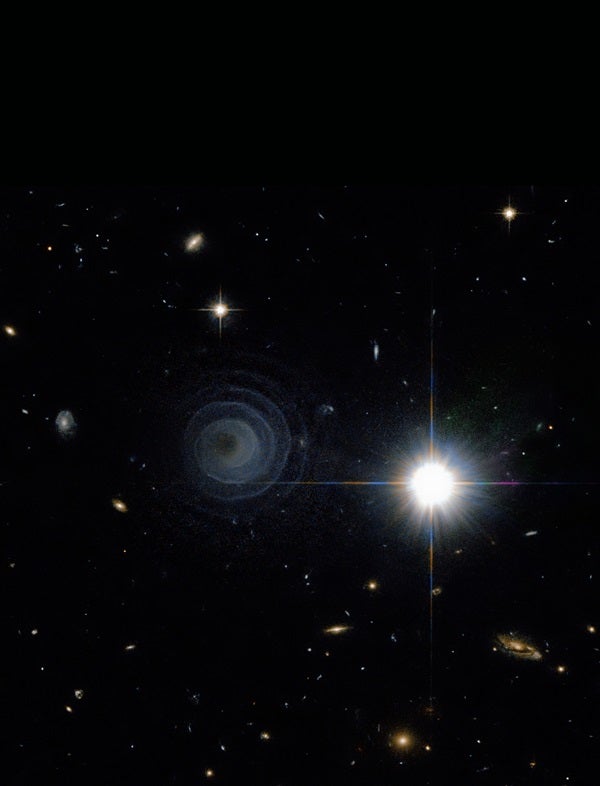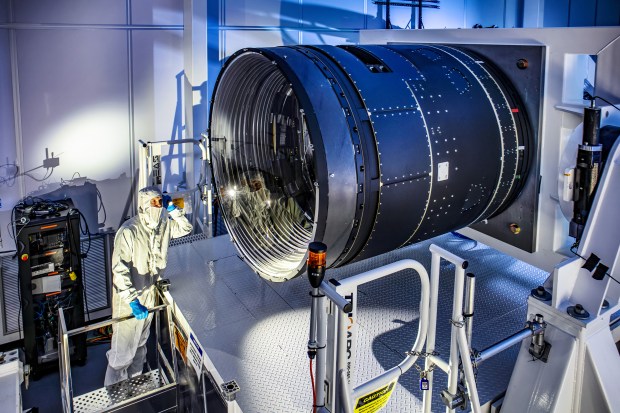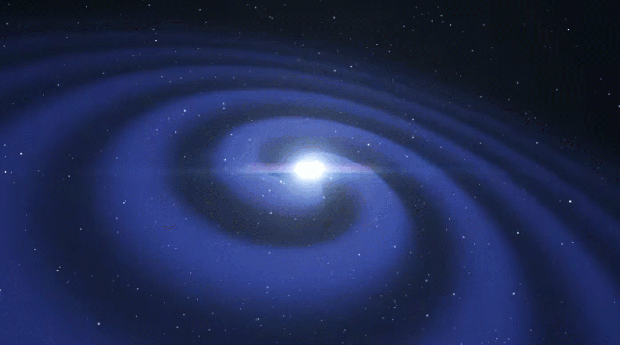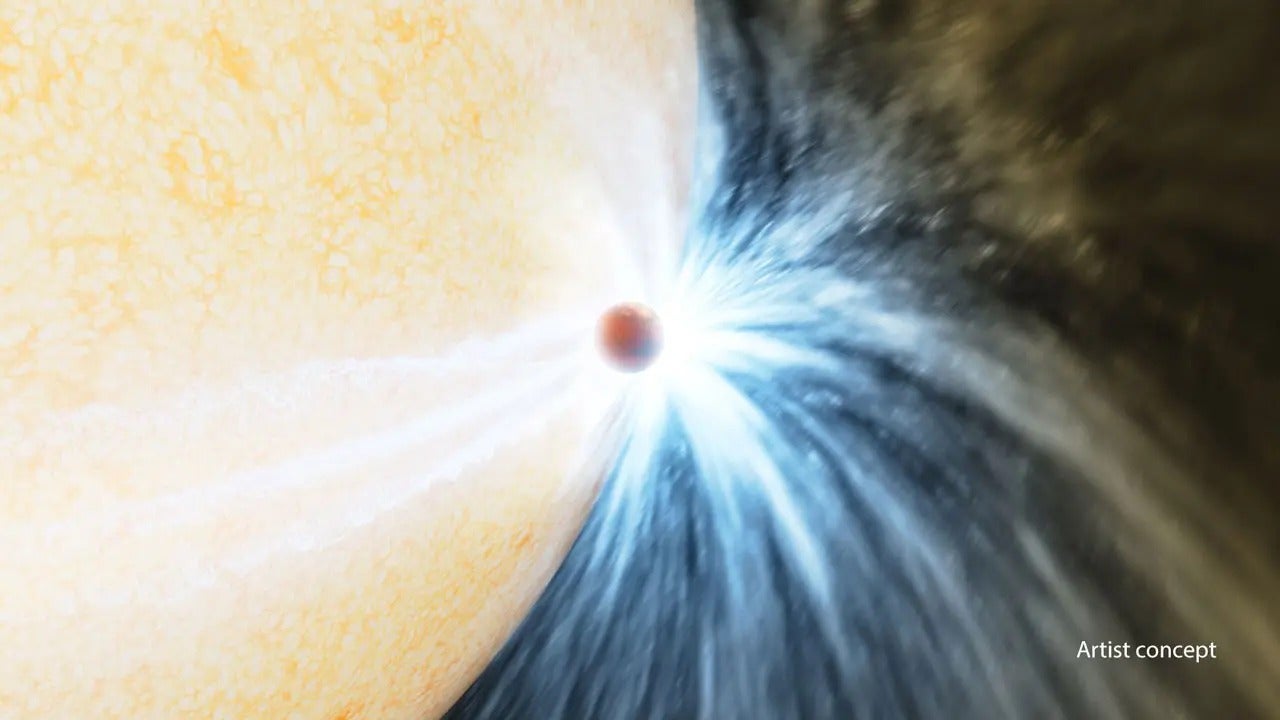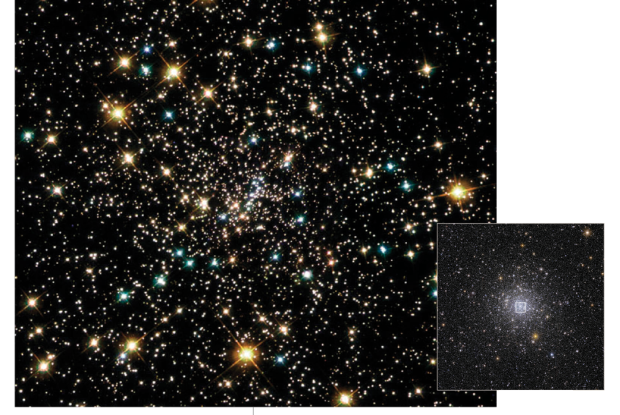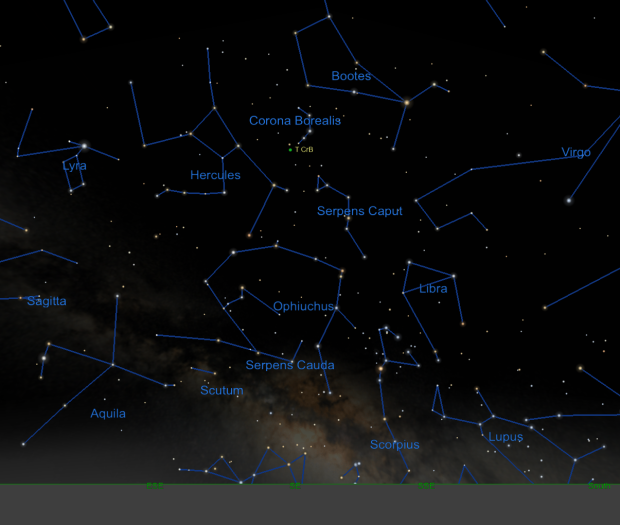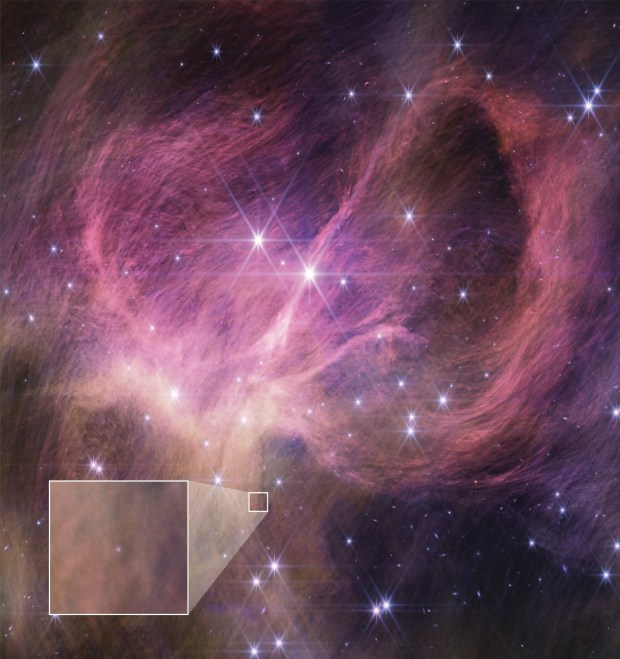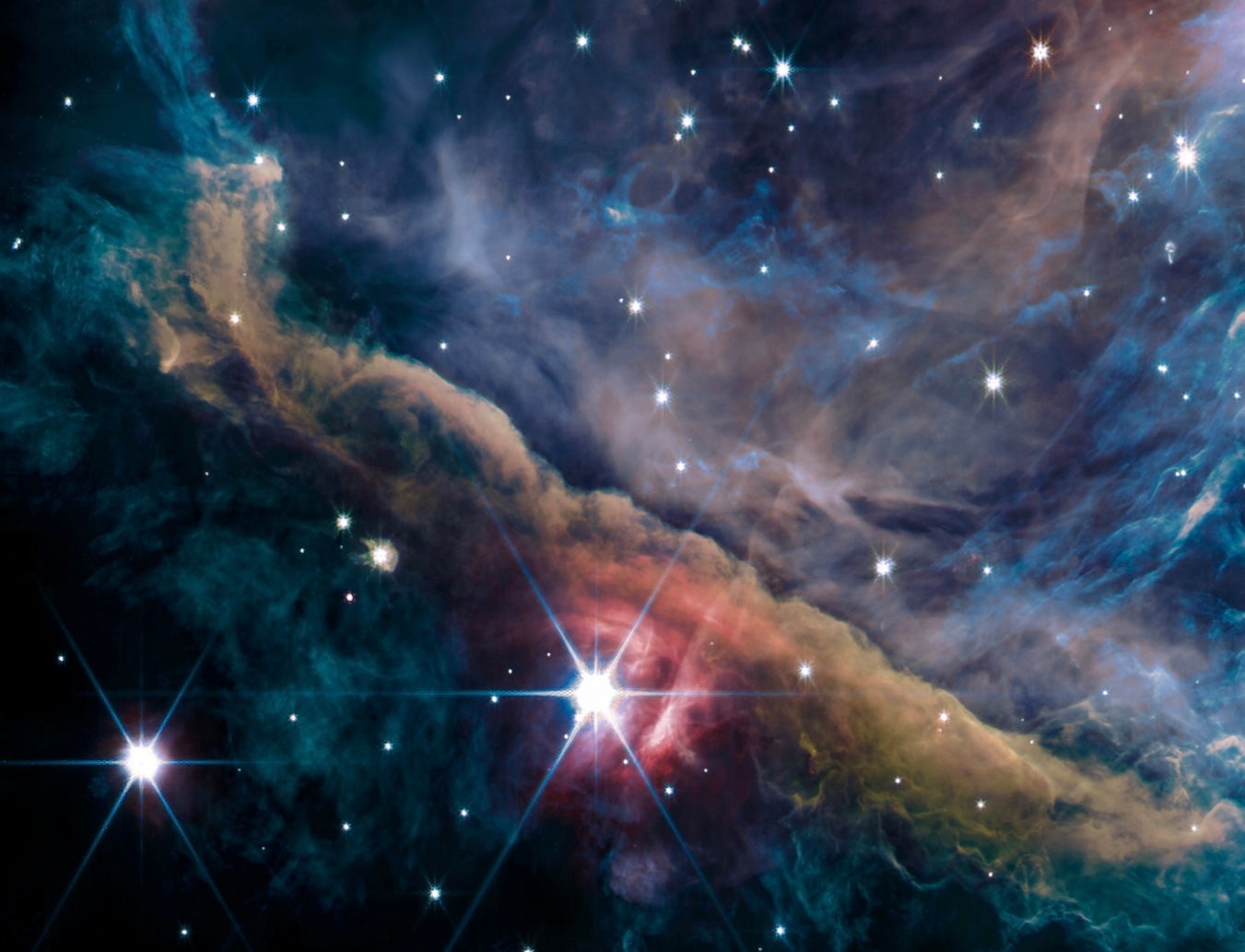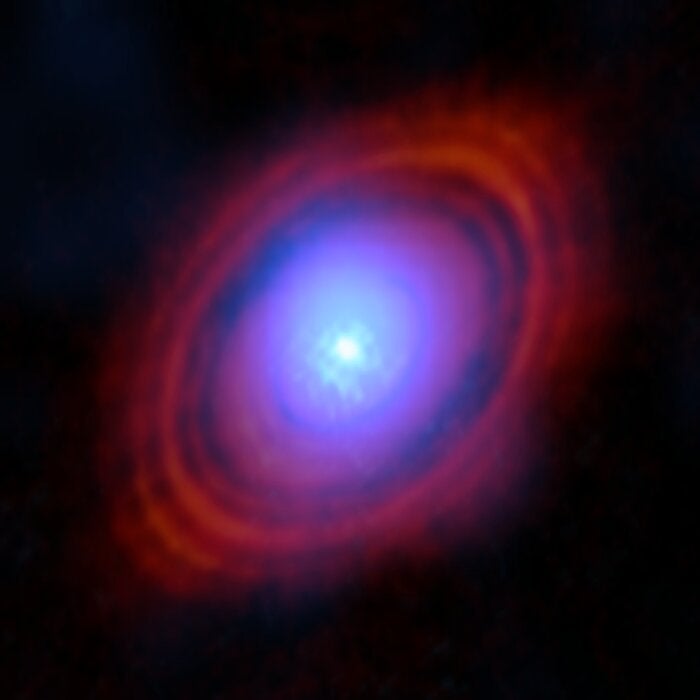One of a kind. That’s the star AFGL 3068, whose true nature was not uncovered until 2006. Its gorgeous if bizarre appearance certainly suggests great mystery. Ironically, however, this unique entity actually solves one of astronomy’s outstanding puzzles.
AFGL 3068 was long known as a bright infrared spot in the constellation Pegasus, but optical telescopes showed nothing there. It’s not that it was too small: The spirals’ dimensions match the angular size of Mars as seen from Earth. Plenty large enough. The problem was the extreme faintness. Only when astronomers successfully pleaded for a long 33-minute exposure using the Hubble Space Telescope’s ultra-sensitive Advanced Camera for Surveys did this geometric oddity materialize out of the blackness.
The only previously known celestial helixes were spiral galaxies. This, however, is neither a galaxy nor some kind of glowing gas. At the center of those nautilus spirals is a binary star system. Located 3,000 light-years away, AFGL 3068 is composed of a red-giant carbon star blowing material into space in a sort of high-intensity stellar wind. It co-orbits a blue-white star lying 103 astronomical units (AU) away from it, or about twice Pluto’s farthest distance from the Sun (1 AU is the Sun-Earth distance). The pair take 800 years to whirl around their common center of gravity.
The red-giant star frenetically sheds material at the rate of one Sun’s worth every 1,000 years, and much of this is carbon, which tends to combine into large molecules — a fine black dust — that thickly surrounds the star, blocking its light. The companion’s gravity pulls the carbon particles in its direction, where much of it escapes into space. As the system revolves, the emitted dust sprays outward into a spiral, like water from a spinning sprinkler.
If you were to float in space near AFGL 3068, you’d feel a dirty blast of soot sweeping past you every 800 years. At a speed of 9 miles (14.5 kilometers) per second, or 32,400 mph (52,200 km/h), this black carbon would definitely ruin your clothes — and the nearest dry cleaner is on 51 Pegasi, hundreds of light-years away. The dark outrushing spiraling material has created five visible turns that now occupy 1/3 light-year.
AFGL 3068 makes light bulbs turn on in astronomers’ brains. Perhaps this sort of binary system creates the perfect concentric shells observed in certain planetary nebulae, like the Cat’s Eye Nebula (number 22 on our list). The even spacing of those bubbles suddenly makes sense if the mechanism is not bewildering explosions at regular intervals, as was assumed, but rather binary star orbital emissions whose very nature is clockwork precision.
As to why astronomers have never seen this before, well, such intense mass-loss cannot continue very long. They’d have to catch it during the brief few millennia when it’s happening. Moreover, the giant carbon star would have to be part of a binary system, and, specifically, one whose companion is massive enough to pull the carbon-rich star dust into and beyond its Roche Lobe, the zone beyond which it can escape. Then, too, the spacing between the nested shells depends on the pair’s orbital period. If the member stars are closer together, their revolution time is shorter, and the material whizzing off with each spin may get spaced so tightly that observers might not resolve them as separate layers. Here, however, the orbital period of 800 years creates an easily seen spacing.
Also, if the two stars had a very eccentric instead of round orbit, the escaping material would not show this kind of beautiful symmetry. Asymmetry would also result if the binary system were inclined more edgewise to our view. Happily, the paths of AFGL 3068’s stars are nearly face-on, oriented almost 90° to us. Finally, we may not have previously seen such a thing because it’s incredibly faint.
Beyond providing a rare peek at a star’s neighborhood before it creates a planetary nebula, AFGL 3068 also makes us ask: How exactly are we seeing this? What is the illumination source? These spirals made of dark carbon dust are not emitting any glow. The star’s light is itself blocked by opaque layers. What’s illuminating the spirals? In the photo on the left, the source of light seems to be off toward the right. There’s a super-bright star there, but this is merely an unrelated foreground object whose light doesn’t hit the spirals. Turns out, the only illumination to the right is the main body of our galaxy. If you’ve ever ventured far from city lights, you’ve seen the Milky Way’s diffuse, creamy glow.
These spirals are therefore bathed only in galaxy light. This is to date the only celestial photograph whose subject is not illuminated by sunlight or starlight, nor is it fluorescing on its own. Instead, as if to add one final touch of ethereal beauty, AFGL 3068 is lit up solely by the light of the Milky Way.

